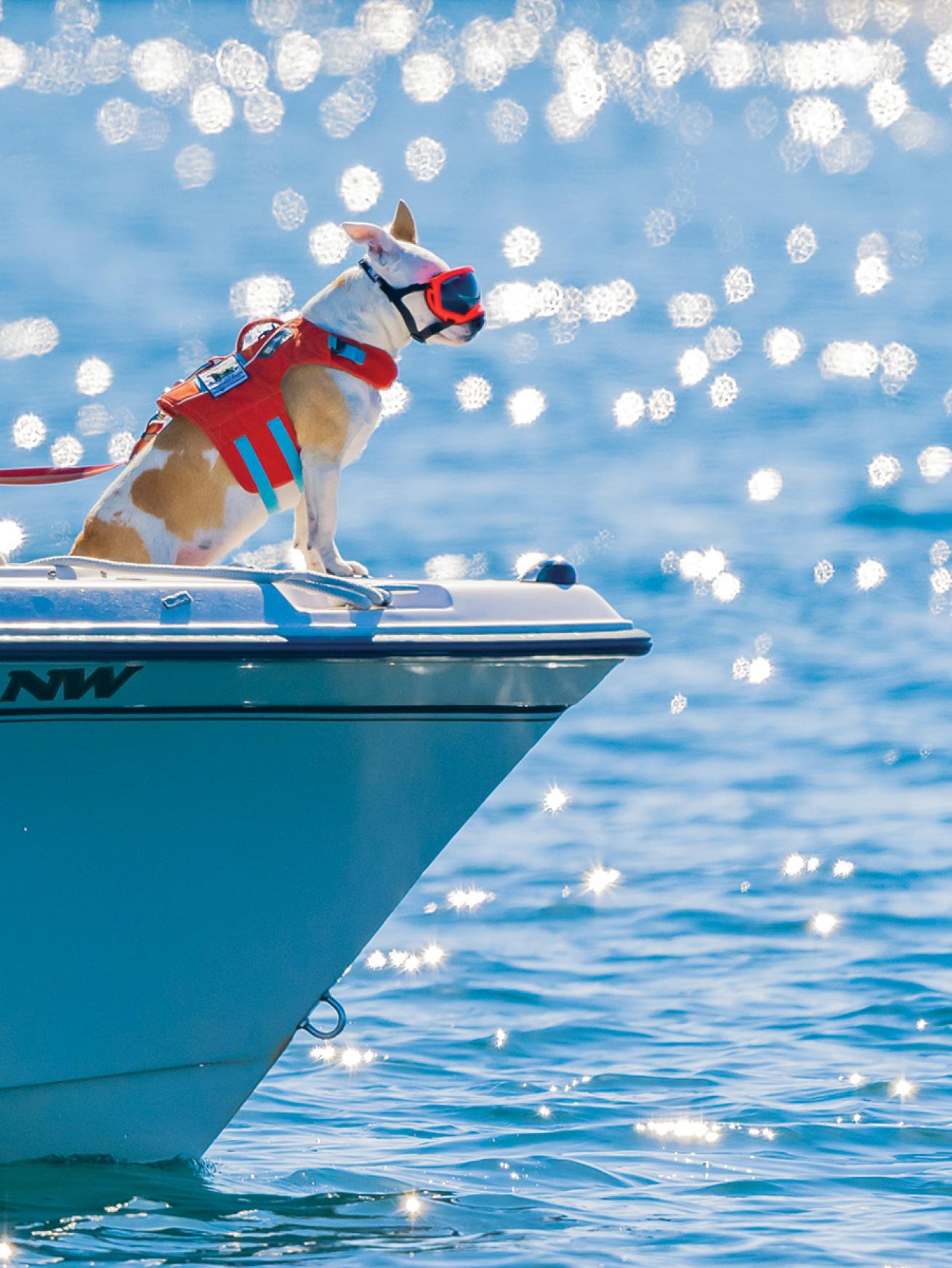Meet the Dog Sniffing Orca Poop for Science

Ken ReaEba sniffs across the bow, ready to put science into action.
Rescued by whale biologist and captain Dr. Deborah Giles from the streets of Sacramento, California, today she is a research assistant on the Conservation Canine team, tracking orca scat to learn more about the endangered Southern Resident killer whales in the Pacific Northwest.
Every member of the three pods that comprise the Southern Resident killer whale population is known, named and deeply loved. Strong matrilineal generational bonds exist within the family, which follows Chinook salmon along the West Coast and through the Salish Sea. These orcas have a unique dialect and culture, which scientists and indigenous communities have studied for years. Federally listed as endangered in 2005, the Southern Resident killer whale population continues to shrink. The University of Washington Center for Conservation Biology’s Conservation Canines (CK9) program, led by Dr. Sam Wasser, began studying the orcas in 2006 to understand their declining population.
That’s where Eba and her handler, Giles, come in. Giles began studying the Southern Resident killer whales in 2005, and in 2009 became the vessel captain for the CK9 Whale Scat Program. In 2019, Giles moved to the front of the boat as the dog handler and Eba learned to locate floating orca scat up to a mile away.
The unique team of captain, handler, dog and volunteers navigate weather, wind, tides and currents to capture the poop for study. The tightknit group travels far behind the pods to recover the feces without disturbing the orcas. Collected scat samples reveal increased toxicants and vessel traffic harm the animals, but that declining populations can mainly be attributed to lack of food. Chinook salmon have decreased in numbers and size due largely to spawning habitat destruction and mismanagement of fisheries. A hundred years ago, the average Chinook salmon weighed 100 pounds. In 2021, the Washington Department of Fish and Wildlife lists their size range between 10 and 15 pounds.
Thanks to this unique crew, scientific findings can be turned over to policymakers to inform action for our environment.










